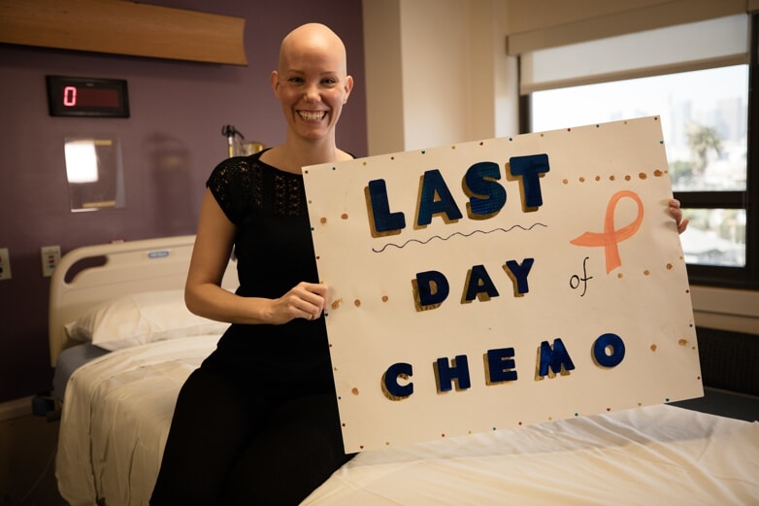
All About Survivorship
According to the American Cancer Society, the latest statistics from 2019 indicate there are nearly 17 million Americans that are cancer survivors. The number of cancer survivors continues to rise each year due to the aging population, advances in treatment and early detection.
Norma Medina, ANP-BC, AOCNP, answers a few questions about survivorship and what you need to know. Norma is an advanced oncology nurse practitioner at the Martin-O’Neil Cancer Center.
What is Survivorship?
The National Coalition for Cancer Survivorship created the definition of survivorship and considers someone to be a cancer survivor at the time of diagnosis. Survivorship refers to the cancer patient’s experience, living with, through and beyond a cancer diagnosis. Patients go through various phases of survivorship and with these phases may also come a multitude of emotions such as fear, anxiety, anger, uncertainty, hope and gratitude. The acute phase is from diagnoses to the end of treatment, the extended phase is when treatment ends and transition to surveillance care begins, while the permanent phase is when years have passed since cancer treatment ended. Every survivor’s journey is different and may not always follow a linear path from diagnosis to becoming cancer-free. Some survivors need to stay on treatment and live with cancer as a chronic disease, while others experience recurrence or a secondary cancer.
What is a survivorship care plan?
As cancer patients complete their treatment, it is important to know the plan for what’s ahead. A survivorship care plan not only summarizes the treatment a patient has completed, but also maps out what’s to come. It outlines the recommended frequency of follow up visits, if additional surveillance testing or imaging is necessary and provides information of possible long-term and late effects of treatment and signs of recurrence. The patient is also informed of the coordination of care between the oncology team and primary care physician going forward. Wellness recommendations to promote physical and emotional well-being and a focus on healthy living is also addressed. A survivorship care plan is presented to a cancer patient by their oncology team after completion of their treatment.
How can a cancer survivor advocate for themselves?
Just like every patient’s treatment plan is different, so are the needs of survivors. One plan does not fit all and communication with the medical team is critical in that regard. Survivors may experience lasting treatment-related side effects, life changing surgeries, and the emotional impact a cancer journey has on an individual is just as important as any physical healing a person may need. Families and caregivers of cancer survivors are equally affected and recognizing their role is vital. As they advocate for the needs of their loved one, it is also crucial for the healthcare team to recognize and offer the caregivers resources that will provide them with support. Ask questions, be informed, use reliable resources and ask about ways to connect with other cancer survivors. Be an active participant and advocate for your medical and emotional needs.


